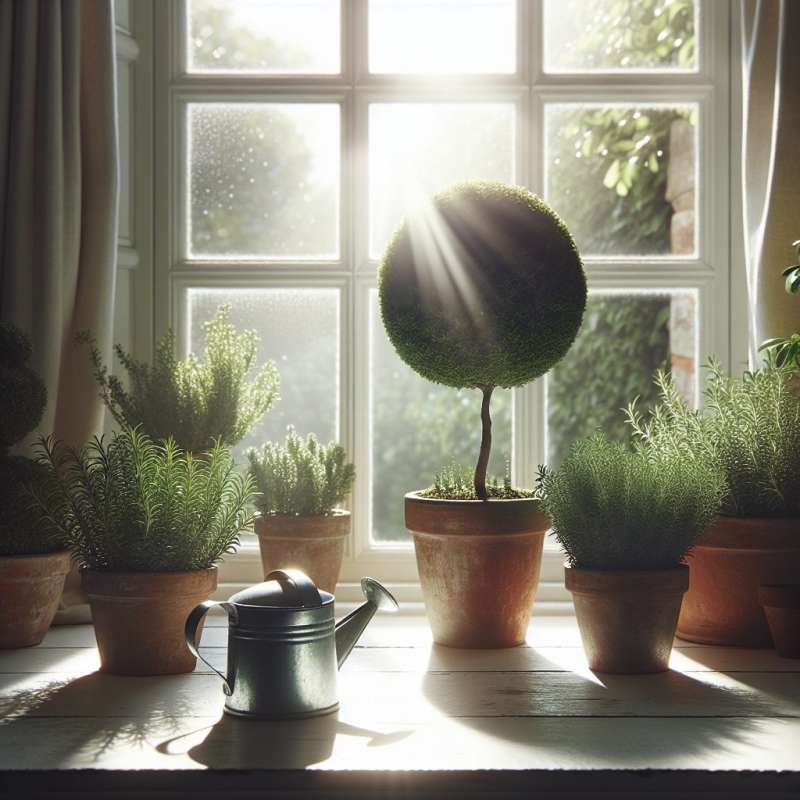
Understanding Rosemary Topiaries
Rosemary topiaries, unlike regular shrubs, are artfully pruned into decorative shapes. They're not only culinary assets but also aromatic and aesthetic indoor enhancements, requiring specific care to maintain their form and health.
Optimal Lighting Conditions
Indoor rosemary topiaries crave bright, direct light for at least 6-8 hours daily. A south-facing window is ideal. Insufficient light leads to weak growth and may compromise the plant's structure.
Proper Watering Technique
Over-watering is a common mistake. Let the soil dry slightly between waterings. Water thoroughly, but ensure the pot has good drainage to prevent root rot, a stealthy killer of indoor rosemary.
Temperature and Humidity
Rosemary prefers cooler temperatures, around 60-70°F, and can tolerate down to 50°F at night. Moderate humidity is best; too much can encourage disease. A dehumidifier can help in damp conditions.
Feeding Your Topiary
Feed rosemary with a balanced, slow-release fertilizer every four to six weeks during active growth periods. In winter, reduce feeding as the plant's growth naturally slows.
Pruning and Shaping
Regular pruning not only maintains shape but encourages dense, healthy growth. Use sharp, clean shears, and never remove more than one-third of the plant at a time to avoid shock.
Pest and Disease Vigilance
Inspect regularly for common pests like spider mites and mealybugs. Isolate infested plants to prevent spread. Treat with insecticidal soap or neem oil, avoiding chemical pesticides that can harm the plant's flavor.
What is a rosemary topiary's function?
Only for outdoor decoration
Culinary, aromatic, and aesthetic
Exclusively for culinary use
Company